There are a variety of problems slowing the growth of battery-electric vehicle sales. But as the range of the typical EV grows, while new models are coming in at more affordable prices, the lack of a viable public charging network is becoming the most serious headache for both EV owners and potential buyers.
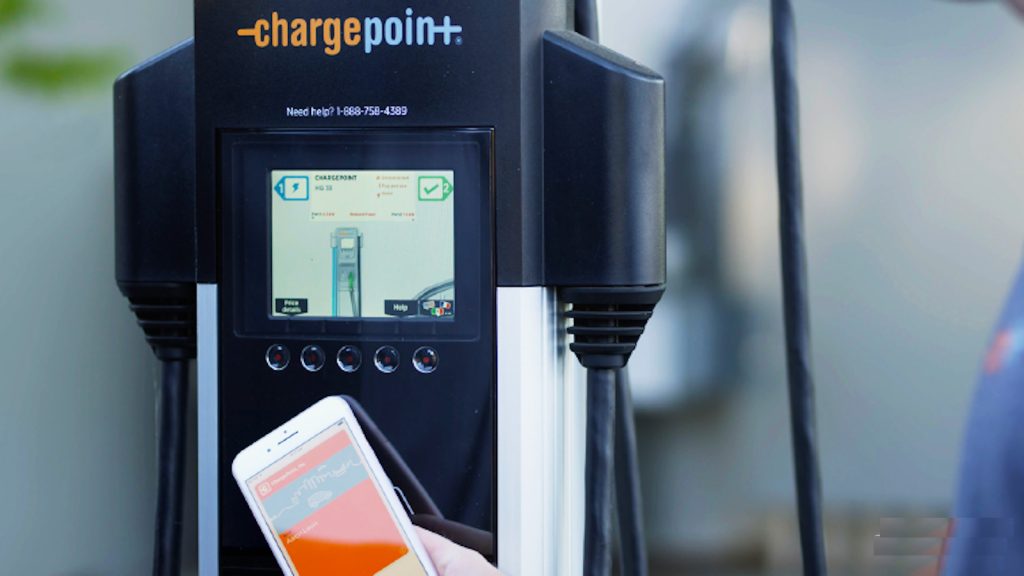
Demand for EV charging stations is strong, but plenty of companies are working to try to catch up to demand.
At any given moment, one in four public chargers in the U.S. isn’t working, according to a recent study by the University of California-Berkley found.
That and the fact that public charging stations can be difficult to find in many parts of the country, has become an even more serious concern than so-called “range anxiety,” according to panelists who addressed the issue of charging during a discussion sponsored by Automotive Futures project in Ann Arbor, Michigan.
Plugging in isn’t as easy as it should be
The litany of problems with public chargers includes both abandoned sites and sites that can’t get the necessary power from the grid – meaning a charge takes far longer than expected.
The touchscreens on many chargers are broken or fail to accept credit card or subscription information from customers, panelists noted. Industry officials have told Headlight.News that many older chargers use older cellular hardware that can no longer access the internet.
Then there’s the issue of being “Iced,” the term used in the EV community when owners find they can’t plug in because a vehicle with an internal combustion engine is parked in a space reserved for EV charging, said Omar Issac Asensio, an associate professor at the Georgia Institute of Technology and Climate Fellow at the Harvard Business School.
Pricing for a charge varies widely
EV proponents stress that the majority of EV owners charge at home – and there they typically pay as little as a third as much for energy as do owners of comparable gas-powered vehicles. The problem is that motorists still have to use public chargers during long trips, as do owners living in apartment buildings or other residences where they can’t install a charger.
The prices to use public chargers vary widely and come a lot closer to what gasoline costs on a per-mile basis. Worse, the typical public charger doesn’t make pricing readily obvious. Asensio noted. “It’s often unclear what charge rate you’re going to get,” he added.
Problems with charging were behind the widely cited study by McKinsey, which said a substantial number of EV owners were preparing to switch back to vehicles running on petroleum.
More EV News
- Shell Shutting 1,000 Gas Stations in Shift to EV Charging
- Electrify America Announces Pilot Program That Limits Vehicle Charging
- EV Owners Increasingly Counting on DC Fast Chargers, Survey Says
Automakers step in
Carmakers emphasize that at least 80% of EV buyers charge at home, and they have teamed up with utility companies to make it easier to install home chargers. A number of manufacturers offer free charging as part of the vehicle’s price. Some, like Stellantis, are including home chargers as part of the deal.
But even among those who have home chargers, 60% still use public chargers at least occasionally, Ascensio said. That includes Uber drivers, who have been encouraged to lease EVs but often live in multi-family units without chargers.
Ascensio pointed to Norway which has made a large investment in public charging to encourage the adoption of EVs. That, he argued, does more to encourage motorists to make the switch than does offering financial subsidies to EV buyers.
Rolling out more chargers
Bruck Belzowski, Automotive Futures’ managing director, said the Biden Administration is taking the right approach. It has set aside $2.5 billion to help expand the country’s public charging network.
According to the U.S. Joint Office of Energy and Transportation, there were 183,000 public chargers operating in the country at the end of the second quarter of 2024, including both Level 2 and quick-chargers. That was up 13,000 from the first quarter.
But the rollout needs to accelerate, and much of the needed infrastructure has yet to be built, Belzowski said. Charging in rural areas, according to the charts Belzowski is very thin, making cross-country travel difficult.
Charger designs need an overhaul
In a separate presentation, Brian Chislea, a scientist with Brent Frizzell, Global Market Segment Manager – Electronics & Automotive, Specialty Coating Systems Inc. noted many of the problems with the charging system parallel those with the “Infotainment Systems” found in modern vehicles — which routinely receive low grades from consumers.
The issue can be traced back to inherently poor designs and faulty connections that fail at critical times. The chargers, which are unregulated, will require tougher standards and more robust quality checks matching what is expected of aircraft and medical instruments.
Brian Chen, PG & E, the utility in Central and Northern California, noted demand for electricity in the U.S. was “stagnant” for years, but is now growing again as electricity-dependent, advanced technology comes online. At the same time, utilities are also under pressure to hold down rates.
Artificial Intelligence, or AI, could help correct the problems with public charging, according to Ascensio, accessing data both from EVs and public chargers to isolate problems and quickly initiate repairs or updates, when needed.

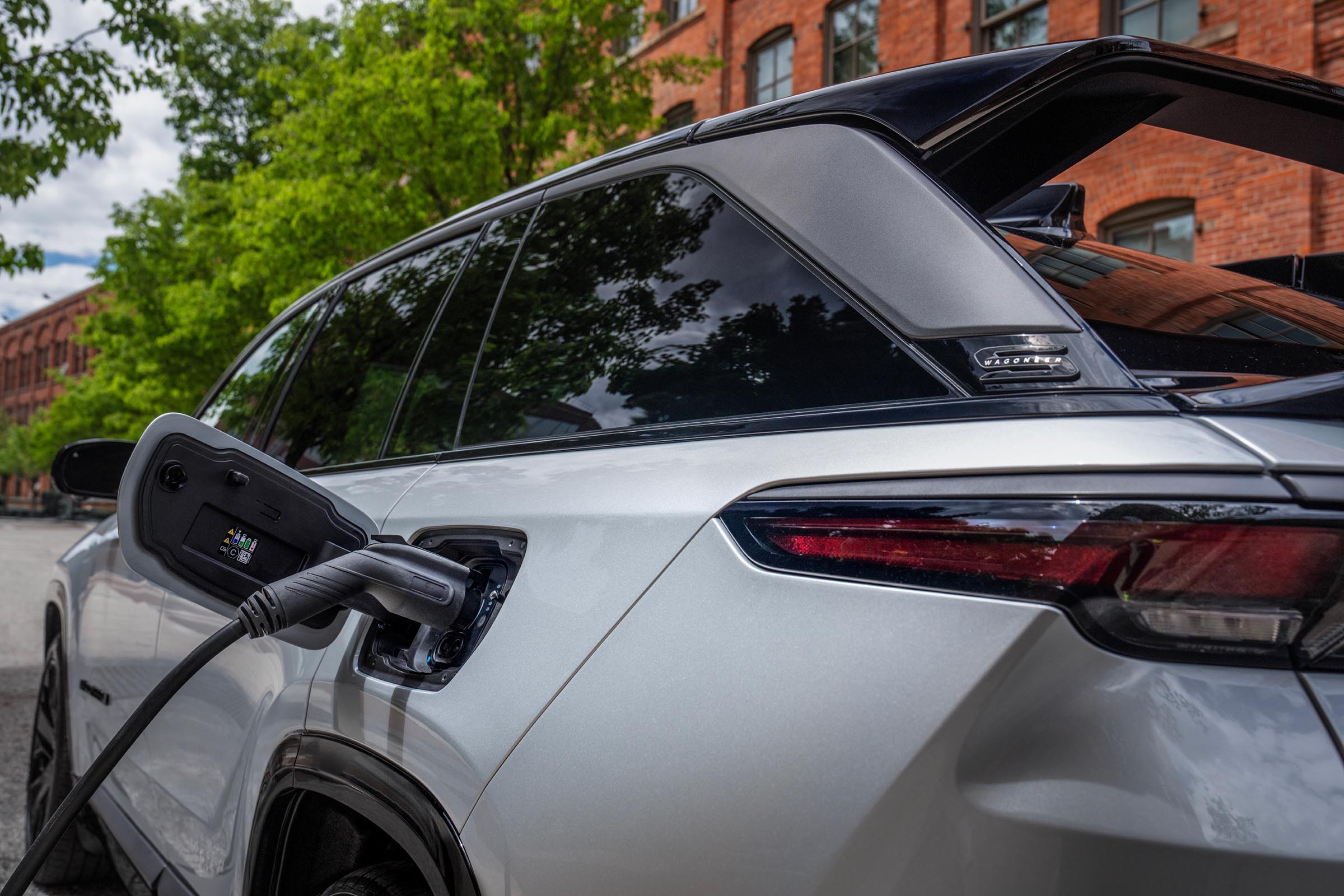
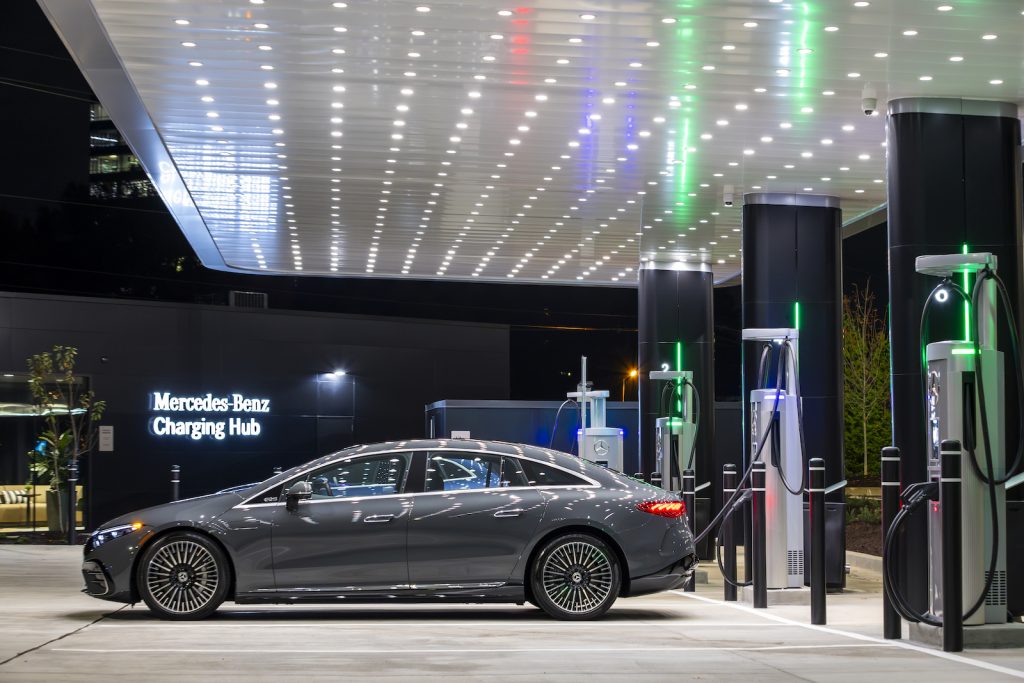
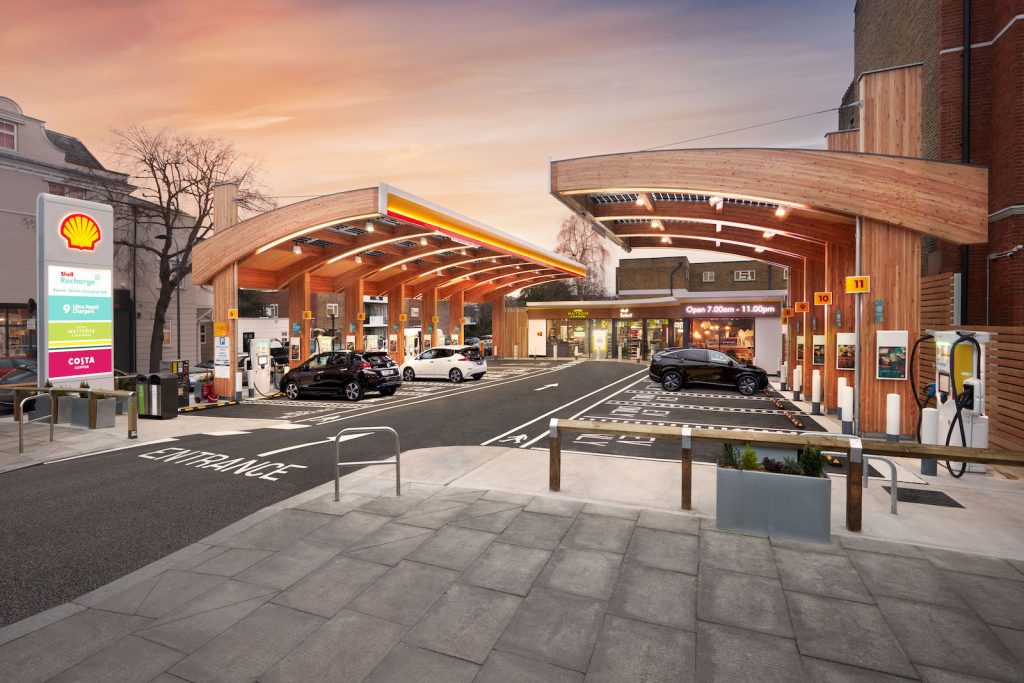

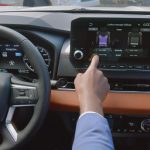
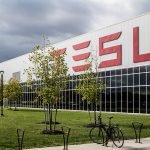

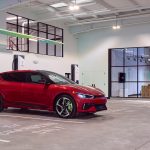
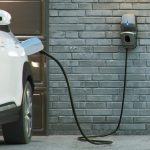
0 Comments